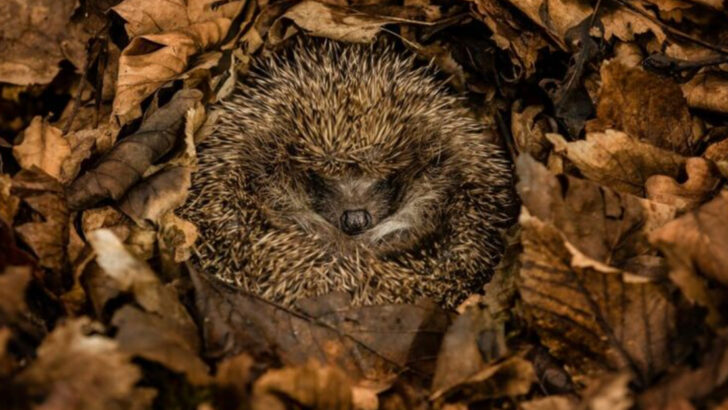Imagine going to bed in October… and not waking up until spring—without a single snack. No midnight munchies. No breakfast. Just pure, uninterrupted nothingness. For some animals, that’s not laziness—it’s survival. These creatures have mastered the art of extreme shut-eye, slowing their bodies to near standstill, coasting through the coldest, harshest months without even blinking. We’re talking zero food. Zero water. Just months of snoozing like it’s their job. From frogs that freeze solid to bears that barely breathe, these 16 animals are the true champions of doing absolutely nothing—and living to tell the tale.
Brown Bear
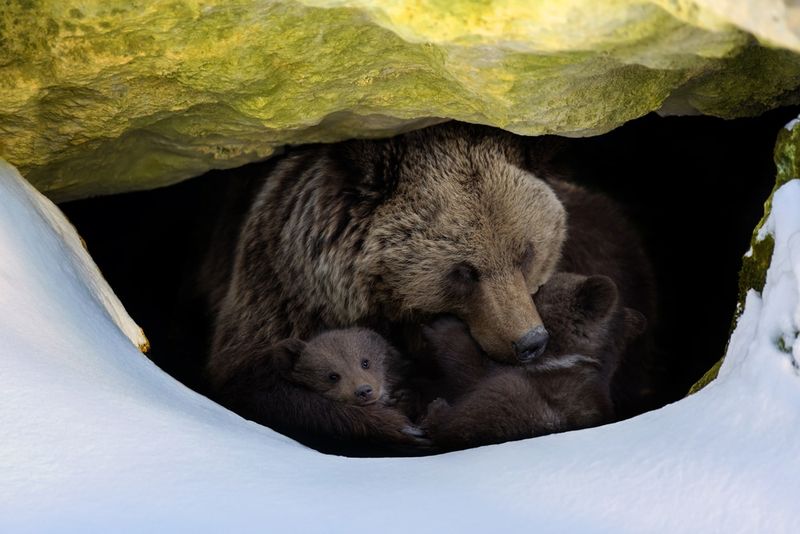
The brown bear is renowned for its hibernation skills. Nestled within its den, it can sleep through the harsh winter months without a single meal. Its body undergoes remarkable changes: metabolism slows, heart rate drops, and body temperature decreases slightly.
This period of dormancy helps them survive when food is scarce. Interestingly, despite not eating, brown bears can wake up to give birth and care for their young. It’s an adaptation that ensures survival in the wild’s unpredictable conditions.
Did you know? These majestic creatures can lose up to 30% of their body weight during hibernation.
Common Poorwill
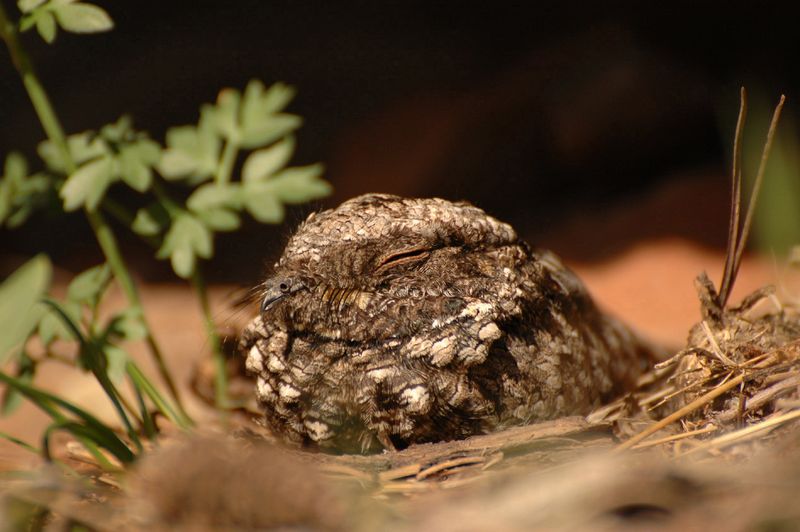
Dubbed the ‘sleeping bird,’ the Common Poorwill is the only bird known to hibernate. When winter comes, it finds a cozy spot and enters a state of torpor, slowing its metabolism drastically.
This fascinating behavior allows it to survive cold months without food, a rare trait among birds. The Poorwill’s ability to blend with its surroundings also helps protect it from predators during this vulnerable state.
Fun fact: Native American folklore often references this bird, highlighting its mysterious and mystical nature. The Poorwill exemplifies nature’s adaptability.
Wood Frog
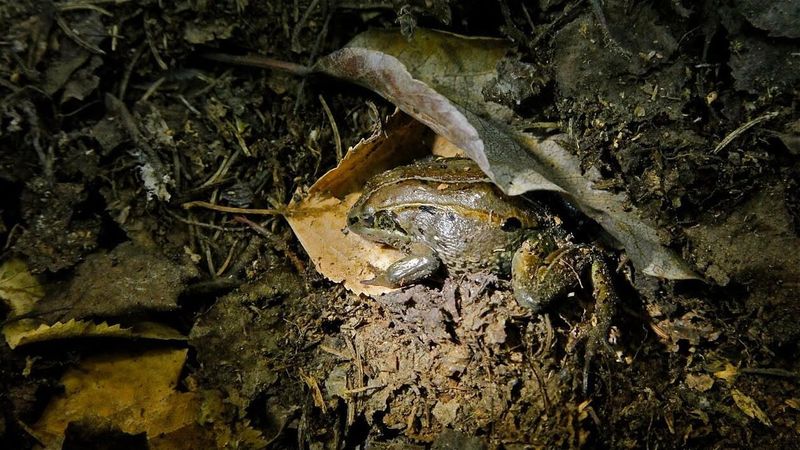
The Wood Frog has a unique survival strategy: it freezes solid during winter. Its body stops functioning, heartbeat ceases, and it becomes a frog-sicle.
Upon thawing, it miraculously comes back to life. This process allows it to endure extreme cold without finding food. Its secret lies in a natural antifreeze produced within its body, preventing cell damage during freezing.
Remarkably, the frog’s tissue remains intact, a testament to nature’s ingenuity. Such adaptation showcases evolution’s wonders, enabling survival against all odds.
Fat-tailed Dwarf Lemur
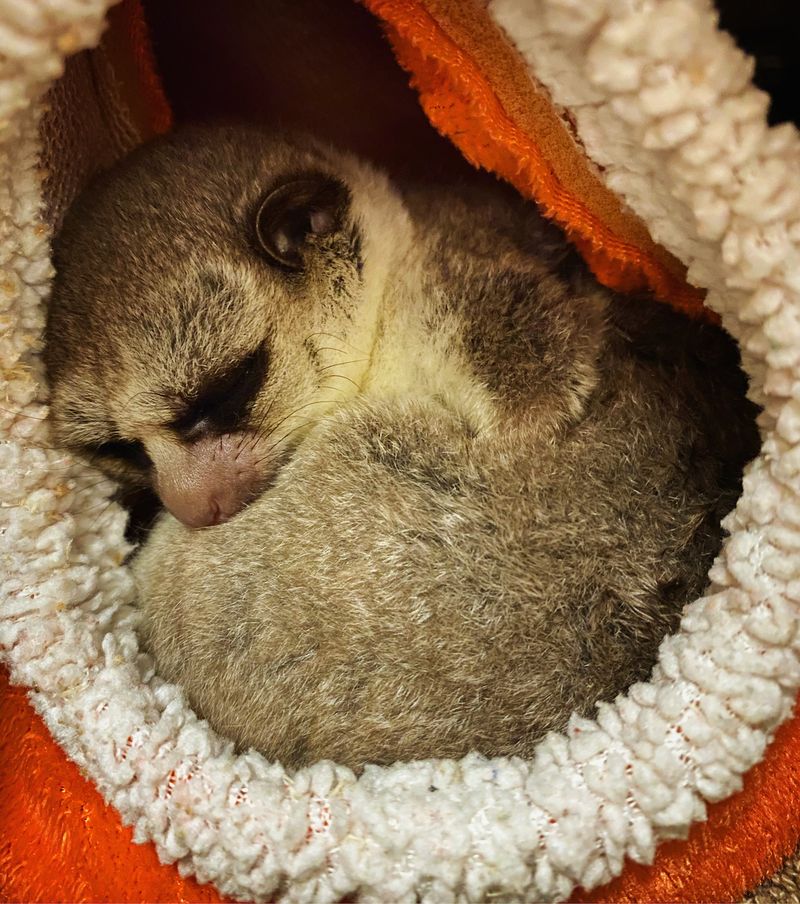
This lemur species is the only primate known to hibernate. During Madagascar’s dry season, the Fat-tailed Dwarf Lemur retreats to tree hollows, relying on stored fat in its tail.
It enters a state of dormancy, conserving energy for months without eating. Its ability to hibernate is believed to have evolved due to the island’s unpredictable climate.
Interestingly, these lemurs can even hibernate in warm temperatures, unlike most hibernating animals. This unique adaptation highlights the diversity and resilience found in Madagascar’s wildlife.
Alpine Marmot
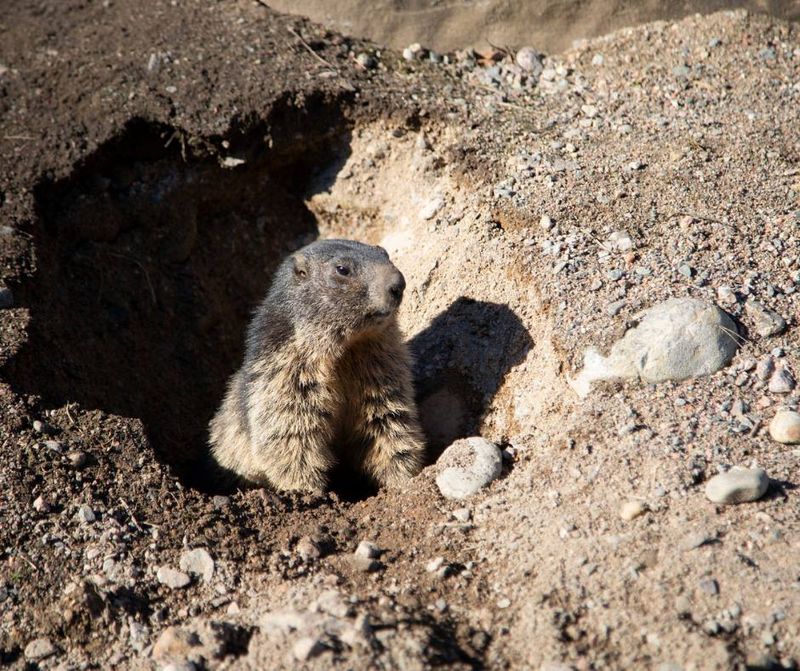
Living in the European Alps, the Alpine Marmot spends up to six months hibernating. It digs deep burrows to escape the cold and survives on fat reserves accumulated during the summer.
The marmot’s heart rate plummets, and its body temperature drops significantly, allowing it to conserve energy. This deep sleep ensures its survival during harsh winters when food is unavailable.
These social creatures often hibernate in groups, sharing warmth and bonding. Marmots symbolize the beauty of communal living and adaptation in the wild.
Snapping Turtle
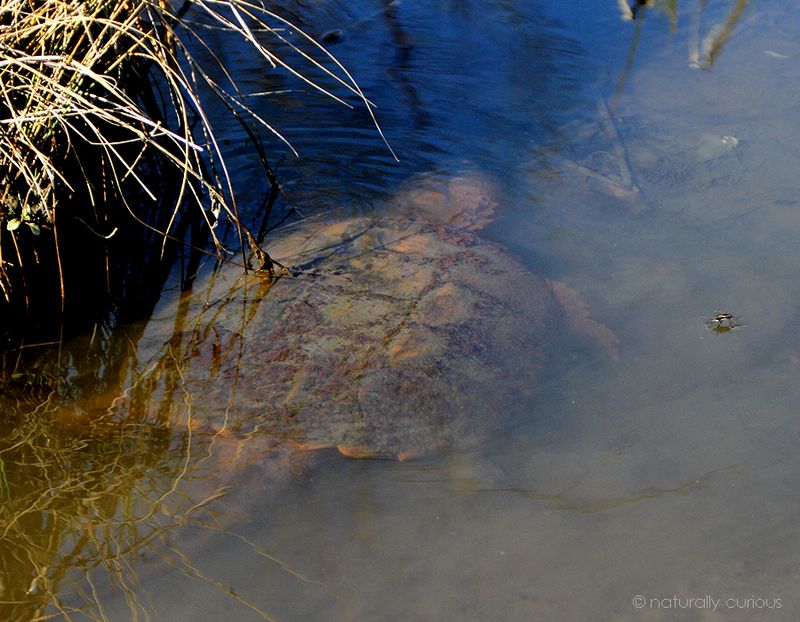
The Snapping Turtle has a fascinating adaptation for surviving winter: it hibernates underwater in the mud. This turtle can absorb oxygen through its skin, allowing it to stay submerged for months.
Its metabolism slows down significantly, enabling survival without food. This ability to breathe through its skin is crucial, especially in oxygen-poor environments.
In regions with harsh winters, snapping turtles exhibit resilience and an incredible capacity to adapt. Their ancient lineage speaks to their evolutionary success, thriving in varied habitats.
Eastern Box Turtle
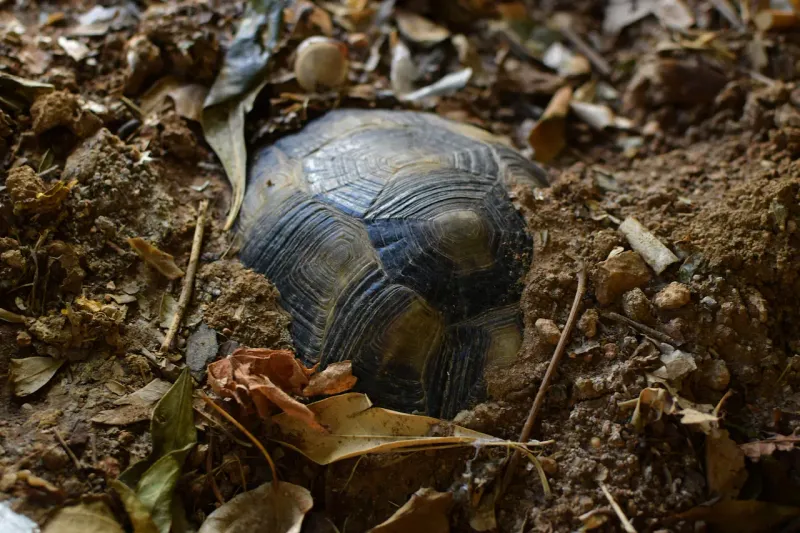
The Eastern Box Turtle braves winter by burrowing into the earth, entering a state known as brumation. Unlike hibernation, brumation involves less activity but still requires periods of wakefulness.
During this time, the turtle’s metabolism slows, reducing the need for food. It can survive harsh seasons nestled in leaf litter or burrowed underground.
The Eastern Box Turtle’s resilience is evident in its ability to endure temperature extremes, showcasing nature’s ingenious survival tactics. Its adaptability ensures longevity in diverse environments.
Garter Snake
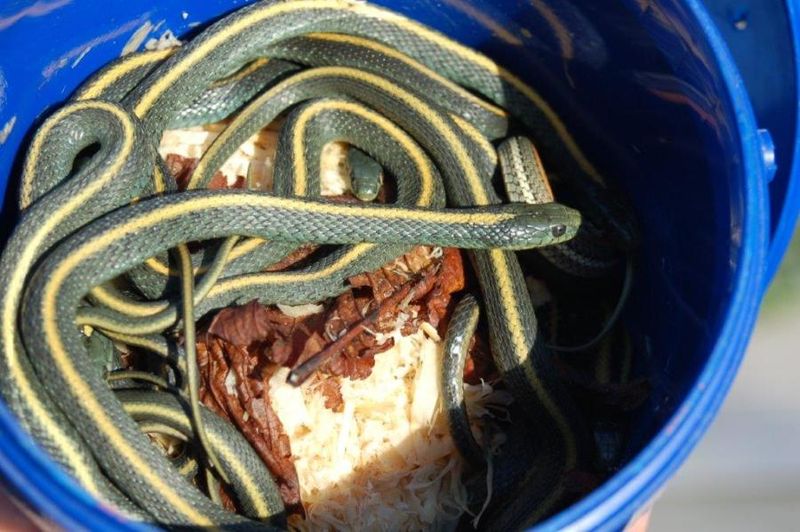
Garter Snakes utilize brumation to survive cold months, often gathering in large numbers within rocky crevices. This communal behavior helps retain heat, crucial for their survival.
During brumation, their metabolic rate drops, and they become less active, conserving energy. These snakes can go months without food, relying on fat reserves to sustain them.
Garter Snakes’ ability to endure cold climates underscores their adaptability and survival prowess. They emerge in spring, ready to hunt and thrive once more.
Yellow-bellied Marmot
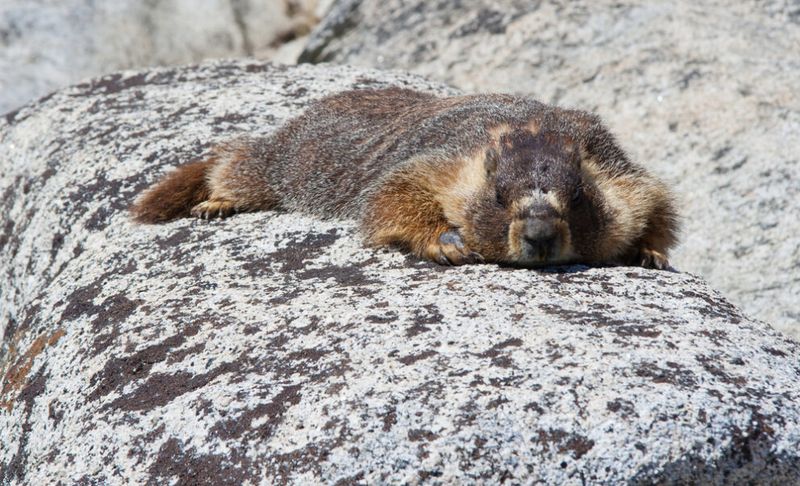
High in the mountains of North America dwells the Yellow-bellied Marmot, a master of hibernation. It spends nearly eight months in a state of dormancy, avoiding the harsh winter.
These marmots prepare by feasting during summer to build fat reserves. In their underground burrows, they lower their body temperature and heart rate, conserving energy.
The Yellow-bellied Marmot’s hibernation tactics demonstrate nature’s resilience and the marvel of adaptation, enduring extreme conditions to thrive year after year.
European Hedgehog
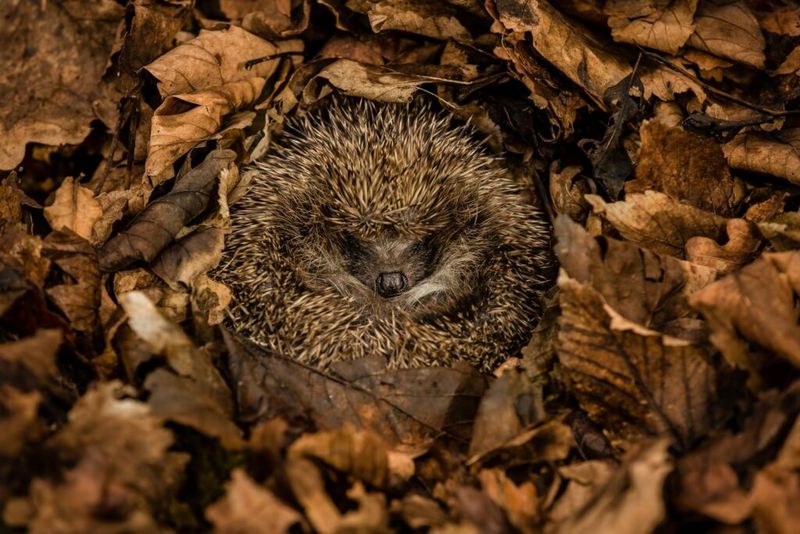
The European Hedgehog hibernates to survive winter, retreating to nests made of leaves and grass. During this time, its body temperature and heart rate drop significantly.
This state of hibernation allows it to endure long periods without food, relying on fat reserves for energy. The hedgehog’s spiny exterior provides protection, even in vulnerable states.
These creatures symbolize resilience and the cyclical nature of life, quietly enduring the cold to reemerge in spring. They are a cherished sight in European gardens.
Bumblebee Queen
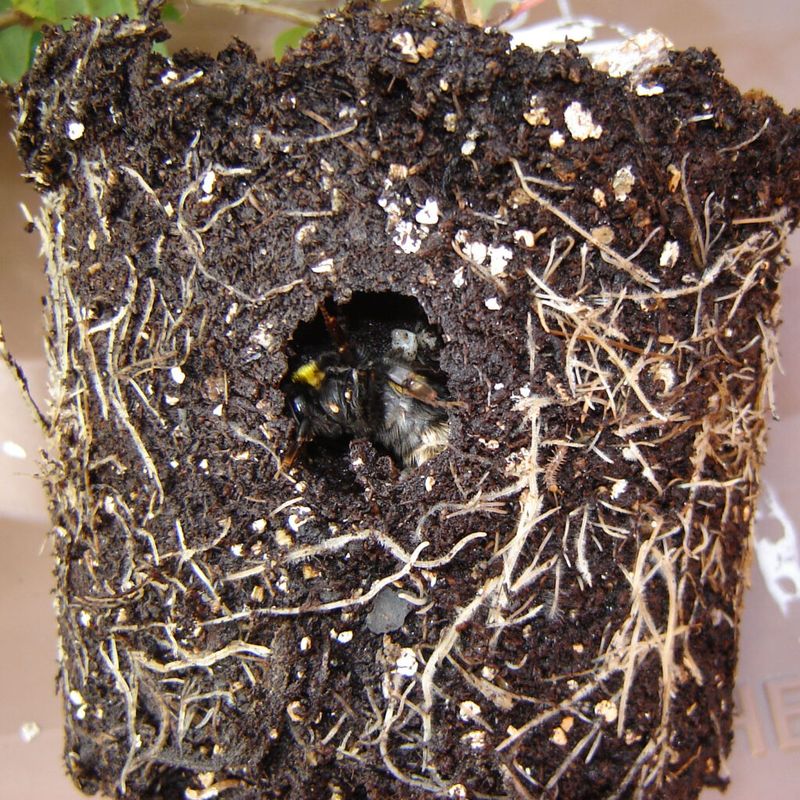
As winter approaches, the Bumblebee Queen finds a secluded spot to hibernate. She burrows into the ground or hides in a snug crevice, entering a deep sleep.
During this period, her metabolism slows, allowing her to survive months without food. The queen’s ability to endure harsh conditions ensures the colony’s renewal come spring.
Her resilience highlights the delicate balance of nature, as she awakens to start a new generation of bumblebees, playing a vital role in pollination and biodiversity.
Common Toad
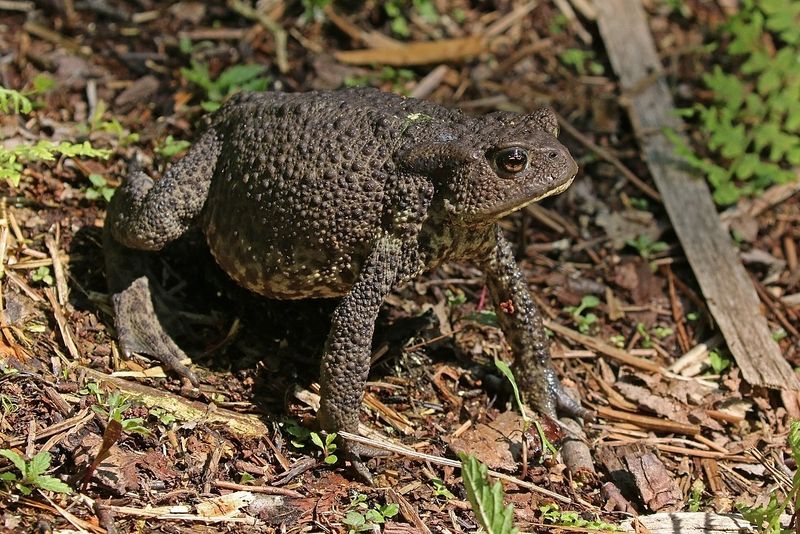
With a knack for survival, the Common Toad burrows into the earth to escape winter’s chill. In this underground refuge, it enters a state of dormancy, slowing its bodily functions.
During this time, it doesn’t eat, relying on stored energy reserves. This adaptation is essential for enduring freezing temperatures and scarce food resources.
The Common Toad’s fascinating life cycle and adaptability make it a vital part of the ecosystem, controlling insect populations and thriving in various habitats.
Northern Bat
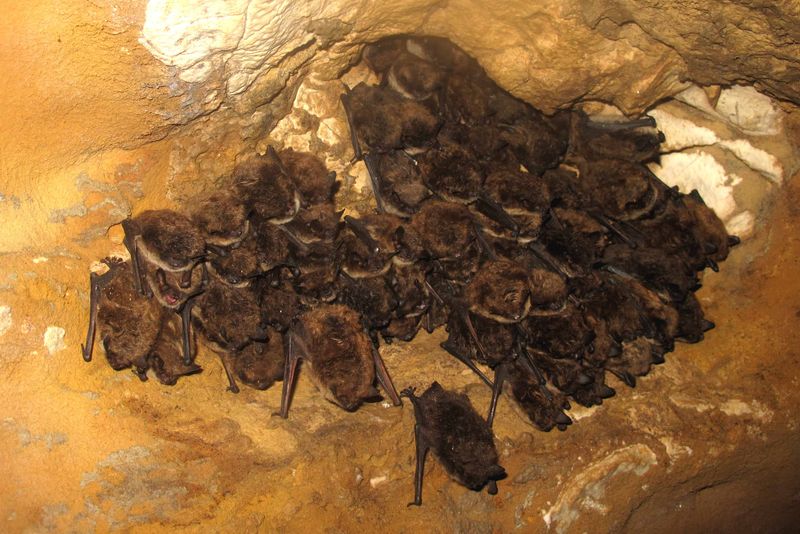
In the frigid north, the Northern Bat hibernates in caves to survive winter’s harsh grip. These bats gather in colonies, finding warmth in numbers during their long rest.
Their metabolic rate drops, allowing them to endure months without food. The ability to slow heart rate and lower body temperature is key to their survival.
Northern Bats exemplify nature’s adaptability, showcasing the remarkable ways animals survive extreme climates. When spring arrives, they emerge, ready to take to the skies once more.
Tardigrade
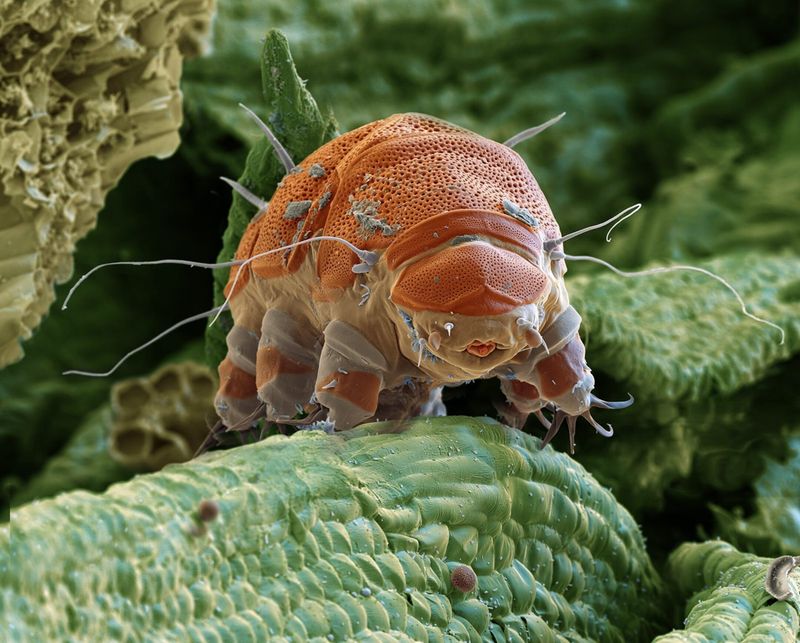
Tiny yet resilient, Tardigrades enter a state called cryptobiosis, halting all biological functions. This ability allows them to survive extreme environments, from frozen tundras to scorching deserts.
In cryptobiosis, they lose almost all body water and become almost indestructible. They can endure without food for years, reanimating when conditions improve.
The Tardigrade’s survival prowess is unparalleled, earning them the nickname ‘water bears.’ Their existence challenges our understanding of life’s limits, thriving in conditions that would obliterate most organisms.
Polar Bear
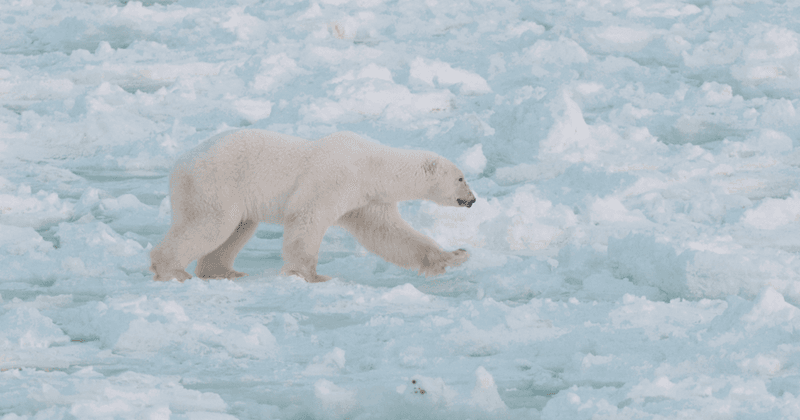
While not true hibernators, Polar Bears enter a state of walking hibernation during times of scarce food. They slow their metabolism, conserving energy while still moving.
This adaptation helps them survive the harsh Arctic environment when hunting is challenging. Pregnant females, however, enter true hibernation to birth and nurture cubs.
Polar Bears embody the resilience and adaptability required to thrive in one of Earth’s most extreme habitats, showcasing nature’s ingenuity and the interconnectedness of life in the polar regions.
Japanese Badger
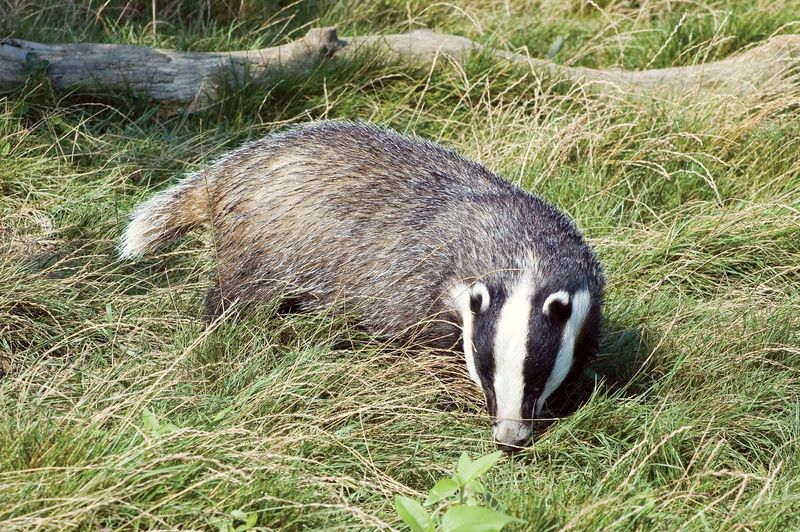
The Japanese Badger, known for its adaptability, enters a profound state of dormancy during the harsh winter months. Nestled in its burrow, it conserves energy by slowing its metabolic processes to an incredible degree.
This curious creature can hibernate for several months without feeding, relying solely on fat reserves accumulated during warmer seasons. The change in its metabolism is so drastic that it can survive extreme cold.
Unlike its more active relatives, the Japanese Badger’s winter rest is a remarkable demonstration of nature’s efficiency in energy conservation. A true marvel in the realm of hibernation!

